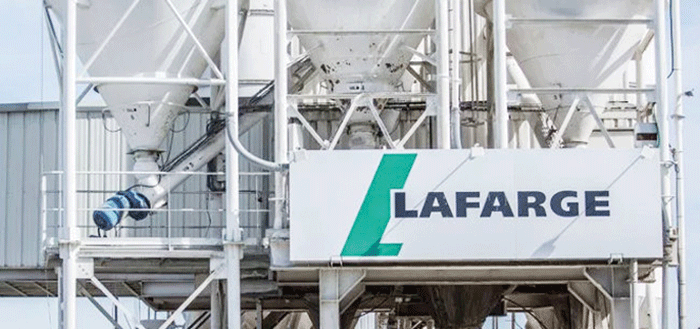According to the latest Zimstat statistics, Zimbabwe's 2019 trade deficit widened to US$718 million at the end of August, although the monthly deficit fell by 33% to US$39 million from US$58 million in July. The performance came after imports increased by 8% during the month to US$345 million while exports increased by 15% to US$384 million.
The August export earnings are the second highest for the year so far, while the import bill is the third lowest and the deficit is the lowest since March. Comparing with the trade performance of previous years, there has been a noticeable decline in the country's average monthly import bill which is at US$395 million versus US$590.7 million in 2018 and US$459.6 million in 2017.
This has been largely attributed to the liquidity challenges and steep exchange rate devaluation that has significantly weakened the country's capacity to import. On the other side, export performance has also declined under the challenging operating environment, with output in key mining operations adversely affected by the electricity and fuel shortages.
According to the statistics the average monthly exports for 2019 stand at US$305.4 million versus US$367 million in 2018 and US$316 million in 2017 with improvements mainly coming from firming global commodity prices although production on some of the commodities is down.
The government has made efforts to address some of the issues facing the country's key export operations in mining, however, the volatile economic environment remains a threat. Economic observers also point to the need for more intensive investment in domestic infrastructure as well as private investment in capital to drive local productivity to its full potential. This has translated to calls for a more comprehensive industrialization and export strategies from the government.
The composition of the Top 5 exports remained much unchanged, dominated by mining commodities and tobacco which accounted for 76% of the month's total export earnings. Gold remained the biggest export and continued its rebound as earnings rose by 35% to US$117 million which is 41% higher than the average for 2019. Earnings from industrial diamonds exports also noticeably improved during August, rising by 122% to US$19.6 million. Contrastingly, nickel ore export earnings were down 21% for the month to US$54.7 million and Ferro-chrome earnings fell 17% to US$17 million.
Fossil fuels remained the country's biggest imports, taking up a combined 29% of the month's total import bill. Diesel imports declined by 27% to US$57.5 million during the month which is 25% below the 2019 monthly average so far and 38% below the 2018 monthly average of US$93.4 million. Meanwhile unleaded petrol imports rose by 7% to US$26 million, although fell 25% below the 2019 monthly average and is 42% below the 2018 monthly average of US$45 million. Electrical energy imports increased by 123% to US$12.9 million, in line with the government and mining sector efforts to improve supplies. Imports of medicaments also increased significantly, rising by 155% to US$12.3 million. Expectedly, as the country approaches the new agricultural season imports of insecticides increased sharply by 451% to US$9.1 million.
South Africa was the country's biggest trading partner on both fronts, taking up 43% of Total Exports and 41% of Total Imports. The trade statistics suggest the ongoing efforts towards international reengagement are still some way off, with the top 5 export partners making up 94% of the month's total export earnings.
- finx
 Concern over Masvingo black market
Concern over Masvingo black market  Kenya declares three days of mourning for Mugabe
Kenya declares three days of mourning for Mugabe  UK's Boris Johnson quits over Brexit stretegy
UK's Boris Johnson quits over Brexit stretegy  SecZim licences VFEX
SecZim licences VFEX  Zimbabwe abandons debt relief initiative
Zimbabwe abandons debt relief initiative  European Investment Bank warms up to Zimbabwe
European Investment Bank warms up to Zimbabwe  Young Investment Professional (YIP) Graduate Programme 2019
Young Investment Professional (YIP) Graduate Programme 2019 










 Young Investment Professional (YIP) Graduate Programme 2019
Young Investment Professional (YIP) Graduate Programme 2019
Editor's Pick